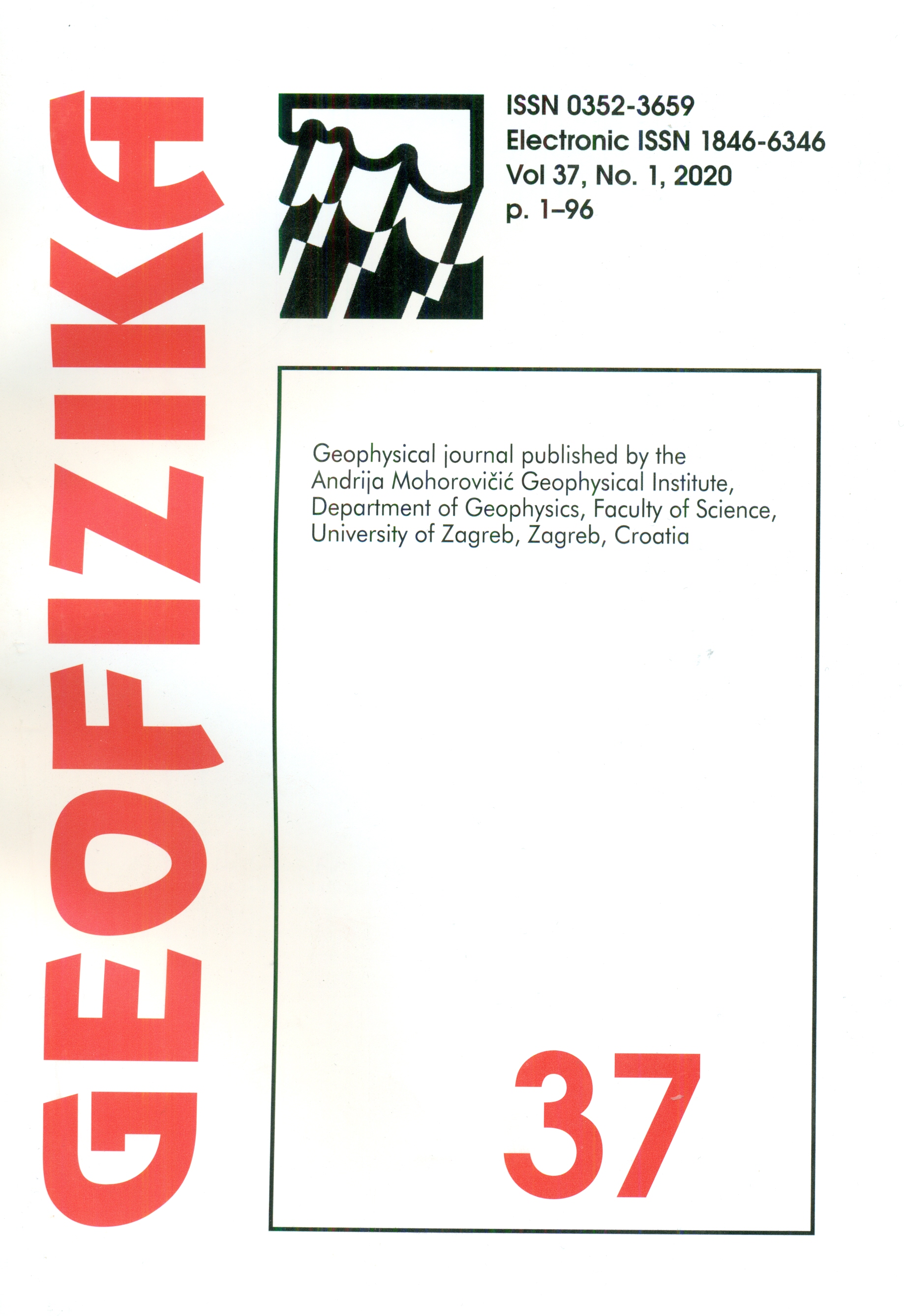Different effects of latent heat in planetary boundary layer and cloud microphysical processes on typhoon Sarika (2016)
DOI:
https://doi.org/10.15233/gfz.2020.37.4Keywords:
typhoon, latent heat, planetary boundary layer, cloumicrophysical processesAbstract
Three simulation experiments were conducted on Typhoon (TC) "Sarika" (2016) using the WRF model, different effects of the latent heat in planetary boundary layer and cloud microphysical process on the TC were investigated. The control experiment well simulated the changes in TC track and intensity. The latent heat in planetary boundary layer or cloud microphysics process can affect the TC track and moving speed. Latent heat affects the TC strength by affecting the TC structure. Compared with the CTL experiment, both the NBL experiment and the NMP experiment show weakening in dynamics and thermodynamics characteristics of TC. Without the effect of latent heat, the TC cannot develop upwards and thus weakens in its intensity and reduces in precipitation; this weakening effect appears to be more obvious in the case of closing the latent heat in planetary boundary layer.
The latent heat in planetary boundary layer mainly influences the generation and development of TC during the beginning stage, whereas the latent heat in cloud microphysical process is conducive to the strengthen and maintenance of TC in the mature stage. The latent heat energy of the cloud microphysical process in the TC core region is an order of magnitude larger than the surface enthalpy. But the latent heat release of cloud microphysical processes is not the most critical factor for TC enhancement, while the energy transfer of boundary layer processes is more important.
Downloads
Published
Issue
Section
License
Copyright (c) 2021 Geofizika journal

This work is licensed under a Creative Commons Attribution-NonCommercial 4.0 International License.

